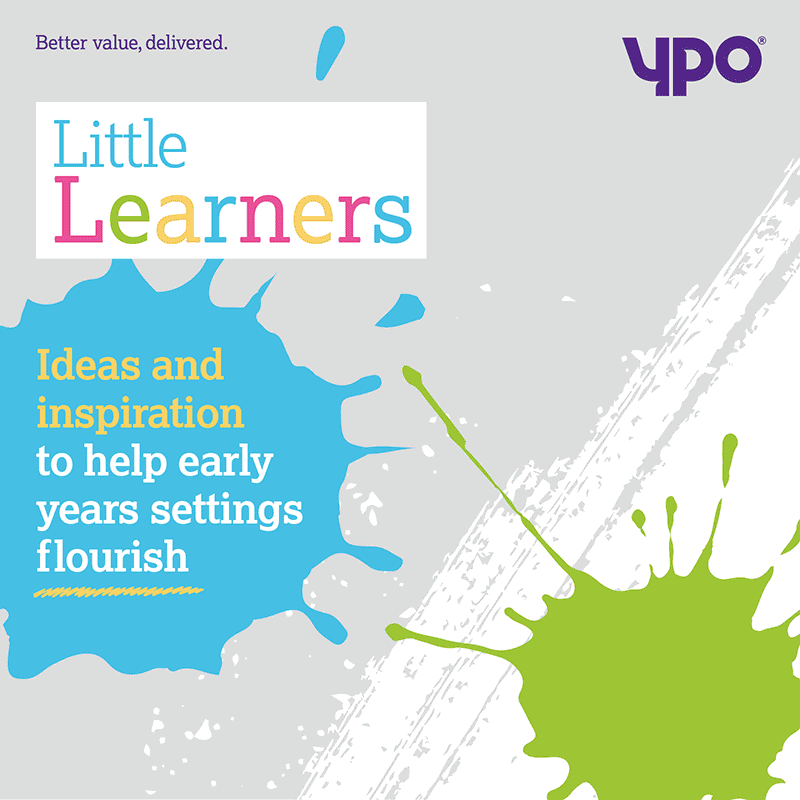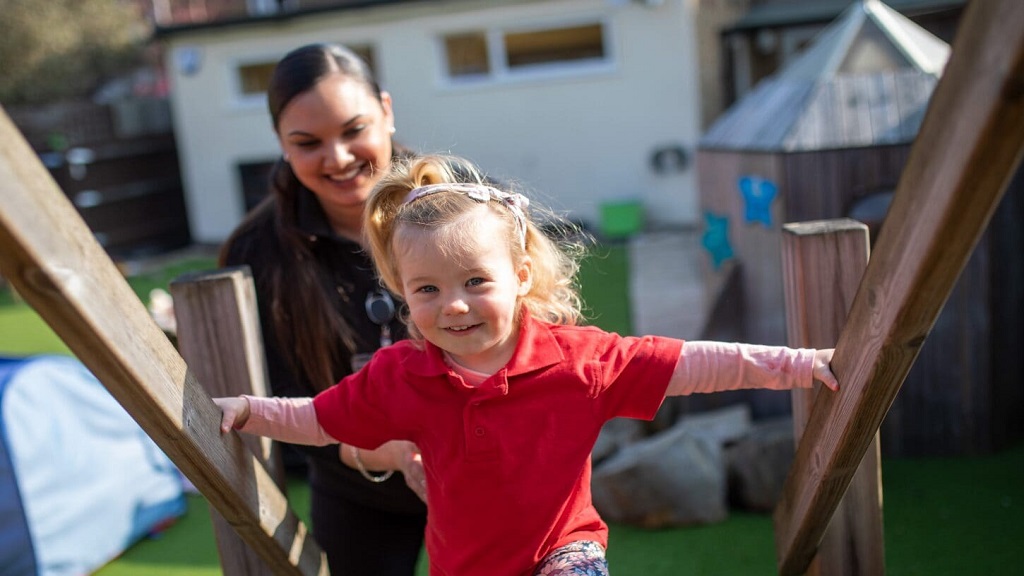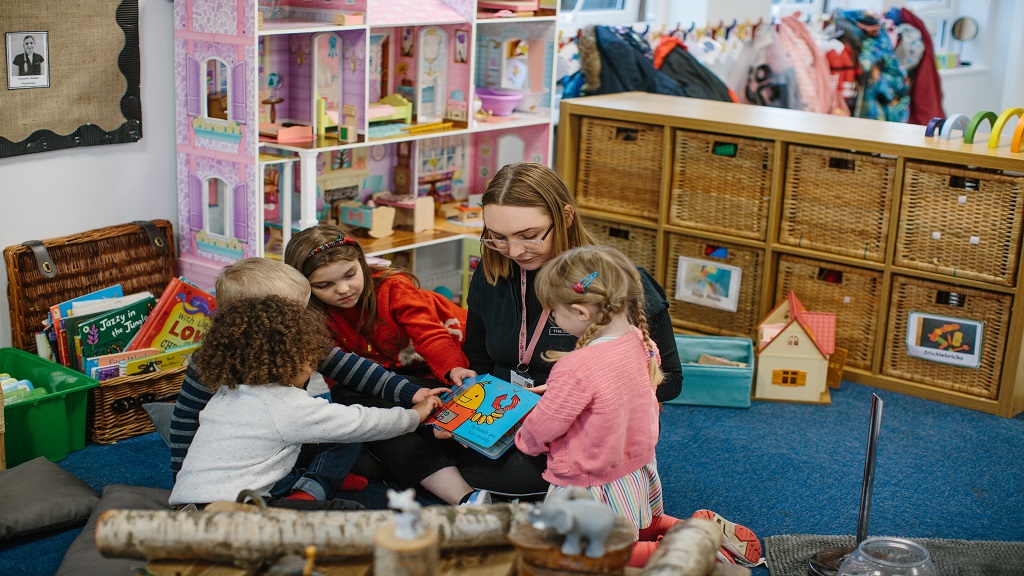Family First are big advocates of team members completing apprenticeships and learning while they earn, with more senior staff now…
How to harness hygge
Nursery managers are turning to the Scandinavian concept of hygge to promote staff wellbeing. Charlotte Goddard finds out why

What makes Denmark the happiest nation on earth? A robust social welfare system and flexible but secure labour market, perhaps. Establishing this in the UK is beyond the remit of nursery managers, but one way to boost the wellbeing of staff and children is to tap into the Danish concept of hygge.
Pronounced “hue-guh”, hygge brings together concepts of cosiness and togetherness to promote wellbeing. The term includes informal time together, sharing food and drink, connecting with nature, celebrating small joys and reflecting on deeper issues. It became a bit of a trend in the UK after the publication of books such as The Little Book of Hygge by Meik Wiking.
Early years managers are increasingly realising that hygge can play an important role when it comes to looking after their staff, as well as supporting the children in the setting. “I am passionate about staff wellbeing,” says Gina Lewis, nursery manager at Grandir UK’s Kiddi Caru Day Nursery and Preschool Rushden. “I take care of the staff, and the staff take care of the children. If I can get staff wellbeing high, they are going to be able to support the children to manage their thoughts and emotions more easily.”
Lewis was looking for a new approach that would inspire her and her team when she read The Little Book of Hygge. “I felt like it was everything I was striving to achieve myself and I completely understood it,” she says.
In the early years sector hygge can incorporate improving the team’s work/life balance, building relationships, connecting with nature, and following a child’s interests at their own pace rather than speeding from one activity to the next.
For Lewis, the first step was the transformation of the nursery staffroom. She moved it from a noisy location next to a playroom, to a former stock cupboard with thick walls. “Before, you could hear the children and it wasn’t a place for staff to be able to calm down for an hour,” she says. “We put in fairy lights, plants and music, and made it a staff space. I wanted the team to be able to experience hygge for themselves before adopting it throughout the nursery, so they didn’t feel I had imposed it on them.”
Within a week this simple change had a noticeable impact on staff wellbeing. “We found people were asking to stay rather than choosing to go home for lunch,” she says. Reduced stress made the team more receptive to learning and Lewis began to deliver voluntary “lunch and learn” sessions on topics such as the benefits of the outdoors.
With staff now on board, the team was asked to think about the aims of the different rooms and how hygge could help to achieve them. “The intent in the baby room, for example, is to develop bonds and relationships, and that is really key in hygge: it’s about being together and creating bonds and slowing our pedagogy down,” she says. A slower pedagogy encourages practitioners to value the present moment, paying attention to children’s pace, rhythm and interests, rather than rushing from one activity to another.
The foyer was also redesigned, with the aim of offering parents a calm and mindful space at drop-off and pick-up. Staff and children now take part in daily yoga sessions and the team take children on more walks and outings to engage with nature and the local community.
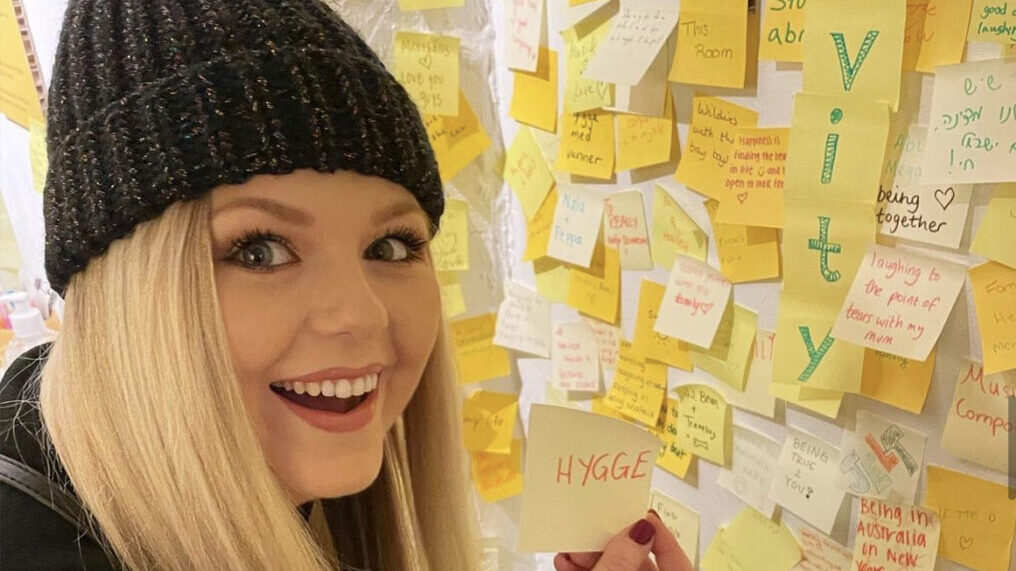
Scallywags nursery in Chelmsford decided to adopt hygge to boost staff wellbeing after the pandemic. “There were a lot of mental health issues and we wanted our environment to be supportive,” says Abbie Moore, early years quality assurance manager. “Walking into a brightly coloured and lit setting can be overwhelming if you’re having a bad day. When someone is struggling, they might go for a walk, or connect with nature, and we wanted to change our environment to reflect that.”
Moore completed an accredited training programme run by Hygge in the Early Years, set up by early years teacher, trainer and consultant Kimberley Lawson. Students work through five online modules covering self-care, the hygge environment, slow teaching, nature, and ‘leading with love’. The online course, which includes videos and examples of practice, is designed to be completed in a year, but Moore was so engaged she finished in a month. Baby room leaders have also undertaken a hygge baby course, also delivered by Hygge in the Early Years. “We have now stepped away from resources and materials and toys which force babies into positions they can’t get into naturally,” says Moore.
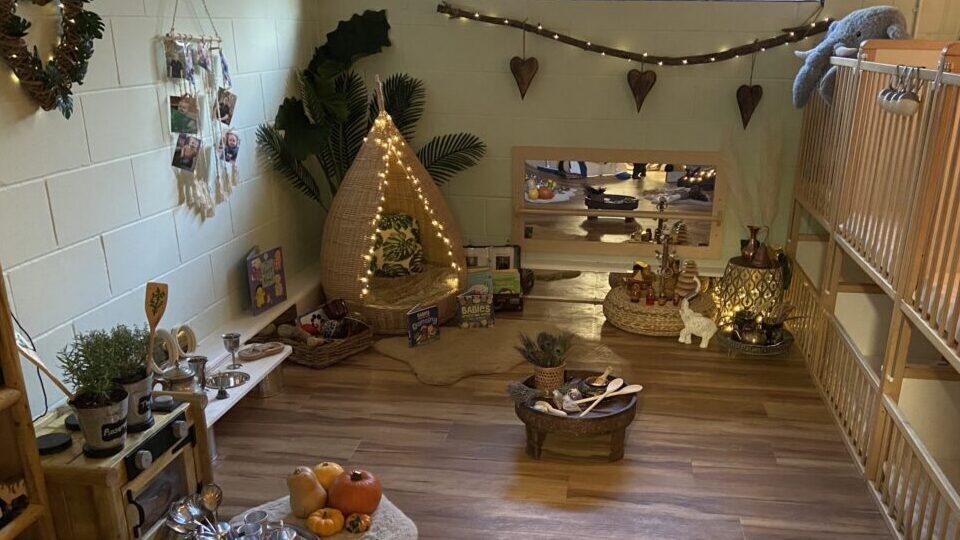
Since embracing hygge, Scallywags has revamped its story corner to create a home-from-home atmosphere, introducing two large sofas with blankets to encourage snuggling with a book. Harsh lighting has been replaced with lamps and fairy lights, including in the staff room. “We found the harsh ceiling lights gave our staff headaches,” says Moore.
Nature has been brought inside with plenty of plants on display, and children and staff spend a lot of time outside in the fresh air, taking note of the passing seasons. “Rather than sitting children at tables forcing them to write, take a stick out into the mud on a rainy day and mark make, or make marks in the frost,” she says. “Even the simple activity of hugging a tree releases the same hormones as if you were hugging a person.”
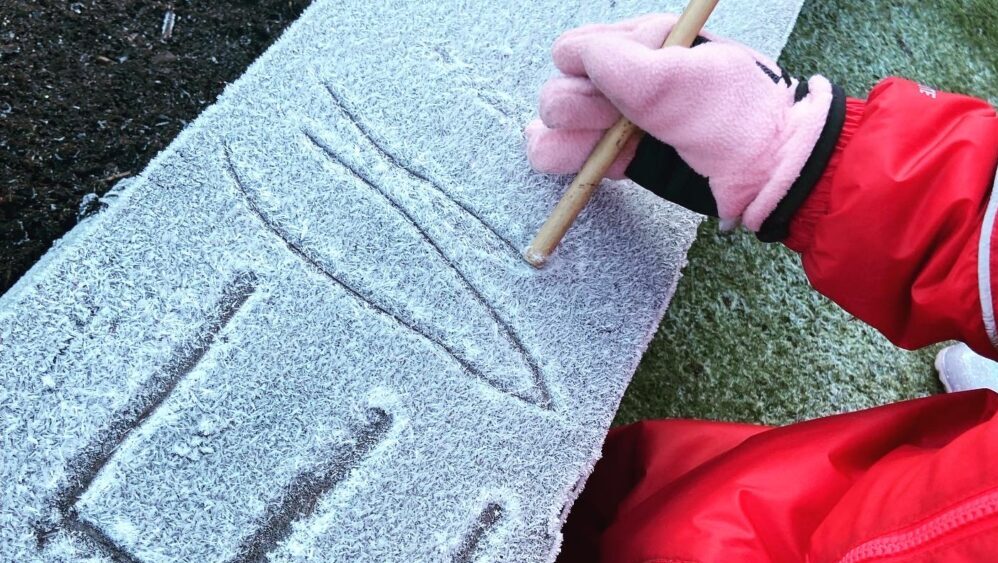
Scallywags paid £180 for the initial training, but spending on extra resources has been minimal. “We removed a lot of dressing up clothes such as shop-bought costumes, which limit the imagination, and replaced them with authentic resources such as hats and shoes that children can use more imaginatively, often supplied by parents,” explains Moore.
Moore was so impressed by hygge she took herself off to Denmark to experience it for herself, visiting a forest school and spending time in cafés to learn how locals practised hygge. She has since implemented some of the ideas she picked up into the nursery, removing a computer from the pre-school room for example, because the settings she visited had no electronic devices. Norway is next on her agenda. “I want to visit all the Scandinavian countries to see if hygge is something that’s working for them, and what makes them happy as a country,” she concludes.
Find out more about ways to promote wellbeing at the Nursery Managers Show at NEC Birmingham, 30 June to 1 July 2023
Latest Features
NMT takes the temperature of the early years market and offer tips for marketing, launching a new nursery, and utislising…
In this leadership series, NMT speaks to Gareth Degenhart, founder and managing director, The Lime Trees What has been your…

